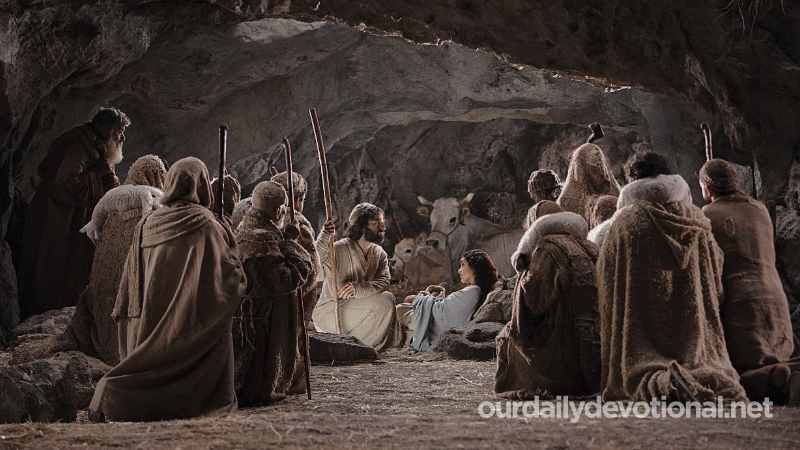In Palestine and neighboring countries they used two round stones as grinding wheels (Deut. 24:6). In these places the grindstones, usually made of basalt, measured just over 50 cm. in diameter and between 6 to 10 cm. of thickness.
The top of the lower molar was slightly convex. In the center there was a peg that served as an axis for the upper stone that pivoted, slightly concave at the base and with a hole through which the grain was introduced.
The upper wheel was rotated by means of a vertical control, attached
to the upper stone towards its outer edge. The overflowing flour was collected with a container under the lower stone.
The action of moving the millstone was tiring and servile, and was left to the women (Eccl. 12:5; Mt. 24:41), especially the slaves (Ex. 11:5; Is. 47:2) and the prisoners (Judges 16:21).
In middle-class Jewish homes it was not considered degrading work. Women rose before dawn, at least in winter, to grind grain for the day's flour.
If the teeth disappeared, the family could be left without bread; This is the reason why the taking of the mill or upper stone as pledge was prohibited in the Law of Moses (Deut. 24:6).
The cessation of grinding was a sign of total ruin (Jer. 25:10; Rev. 18:22). A larger mill was also known, of similar construction, but powered by a mule or an ox. It is a millstone of this kind alluded to in Mt. 18:6.
Meaning of WINDMILL
In Palestine and neighboring countries they used two round stones as grinding wheels (Deut. 24:6). In these places the grindstones, usually made of basalt, measured just over 50 cm. in diameter and between 6 to 10 cm. of thickness.







